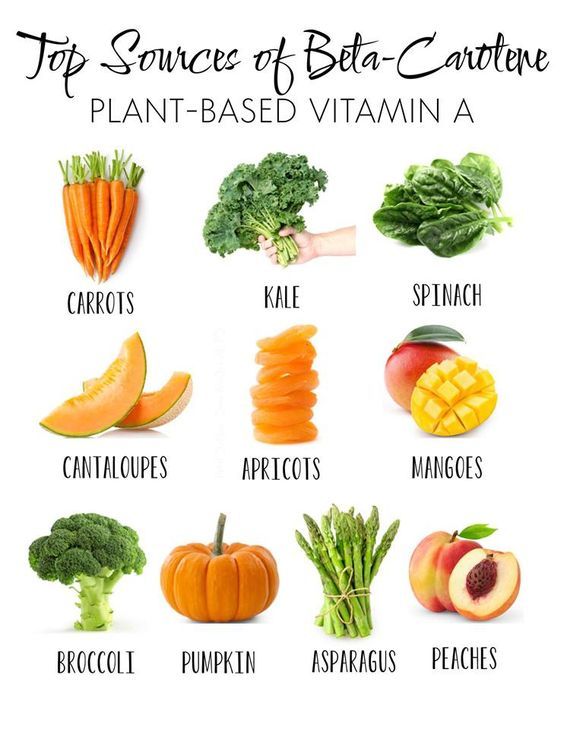Do you know that every food has its own set of nutrients that make it suitable for every specific health problem that we encounter? The only unknown is how much we need it and how it can help, whether as a means to prevent diseases or to alleviate the symptoms of diseases. When it comes to this, whenever you look closely, you will see that animals or even pets such as dogs and cats, whenever they feel uneasy, will eat grass or some plants that possess an antidote to their unwell condition.
As for lung, it also has foods that will benefits it condition but little that we know since there are not many studies conducted specifically for this. Studies shows that vitamin C is good for people who smoke, not to reverse their lung condition but as a ‘cushion’ to the damage on the lung. Which is why, according to United States, National Institute of Health (NIH), smokers are recommended to consume 35 mg more vitamin C as compared to normal adult (1). As for normal adult in Malaysia recommended vitamin C intake is about 70 mg for both male and female (2). The way in which vitamin C works in this condition is that it will limit the damage effects of free radicals through antioxidant activity, in which this will helps to prevent or delay the development of certain cancers, cardiovascular disease, improved immune function and improved absorption of plant based iron (non-heme iron) (1).

Apart from vitamin C, studies also established that smokers have fewer carotenoid levels in their bodies as compared to non-smokers. Carotenoids are a type of antioxidant; they include beta-carotene, lycopene, lutein, and zeaxanthin. Beta-carotene is the most common one used, especially for studies related to lung health. There is a study concluding that the consumption of beta-carotene supplementation among smokers will improve their pulmonary (lung) function (3). However, there are also studies (intervention trials) reporting that supplementing with large doses of beta-carotene has an adverse effect on the incidence of lung cancer in smokers and workers exposed to asbestos. Until the efficacy and safety of taking supplements containing these nutrients can be determined, the current dietary recommendation is to consume a diet high in beta-carotene (4,5).

Interestingly, there is also a study examining the relationship between curry intake and lung health! The longitudinal study that was conducted for a year among older adults in Singapore found that individuals who consume more curcumin-rich (turmeric-rich) curry have better lung health. The study also compares smokers who consume more curry to those who consume less curry. These results suggest that the antioxidant and anti-inflammatory actions of curcumins in curry might be particularly effective in protecting against pulmonary damage caused by smoking (6). However, the study does not assess the cholesterol level and does not mention how the curry is usually prepared in Singapore. If the same study were to be conducted in Malaysia, perhaps one thing to consider is the amount of cholesterol since curry uses coconut milk, which has high saturated fat and thus might increase the cholesterol level.
As for non-smokers, there are also guidelines on foods that can help with lung health. According to the American Lung Association, the consumption of complex carbohydrates such as whole grain bread and limiting simple carbohydrates helps to maintain lung health, especially for individuals with chronic obstructive pulmonary disease (COPD). Consumption of 20–30 g of fibre from fruits and vegetables and a good source of protein, such as lean meat and low-fat milk, helps with lung health. While consumption of fat from monounsaturated (MUFA) and polyunsaturated (PUFA) sources will also help with lung health,
Basically, consumption of a healthy diet helps with not gaining extra weight, which can load the lungs even more. Other than the previous, dietary habits such as those listed below will also help with lung conditions:
-
Rest just before eating.
-
Eat more food early in the morning if you’re usually too tired to eat later in the day.
-
Avoid foods that cause gas or bloating. They tend to make breathing more difficult.
-
Eat 4 to 6 small meals a day. This enables your diaphragm to move freely and lets your lungs fill with air and empty out more easily.
-
If drinking liquids with meals makes you feel too full to eat, limit liquids with meals; drink an hour after meals.
-
Consider adding a nutritional supplement at night to avoid feeling full during the day.
In conclusion, for non-smokers and smokers, consumption of a healthy diet and having good diet habits help with lung health as well. Even though certain foods have nutrients that may help with certain body conditions, it is still best to consume food in moderation, variety, and balance. Always try to cut back on the habit of smoking. This is advisable for smokers.
References
-
United States. National Health Institute (NIH). Office of Dietary Supplement (ODS). Vitamin C https://ods.od.nih.gov/factsheets/VitaminC-HealthProfessional/
-
Ministry of Health Malaysia (MOH). Recommended Nutrient Intake (RNI) (2017). A Report of Technical Working Group of on Nutritional Guideline. National Coordinating Committee on Food and Nutrition.
-
Thyagarajan, B., A Meyer, K., Smith, L. J., Beckett, W. S., Williams, O. D., Gross, M. D., & Jacobs, D. R., Jr (2011). Serum carotenoid concentrations predict lung function evolution in young adults: the Coronary Artery Risk Development in Young Adults (CARDIA) study. The American journal of clinical nutrition, 94(5), 1211–1218. https://doi.org/10.3945/ajcn.111.019067
-
Committee on the Public Health Implications of Raising the Minimum Age for Purchasing Tobacco Products; Board on Population Health and Public Health Practice; Institute of Medicine; Bonnie RJ, Stratton K, Kwan LY, editors. Public Health Implications of Raising the Minimum Age of Legal Access to Tobacco Products. Washington (DC): National Academies Press (US); 2015 Jul 23. 4, The Effects of Tobacco Use on Health. Available from: https://www.ncbi.nlm.nih.gov/books/NBK310413/
-
Johnson EJ. The role of carotenoids in human health. Nutr Clin Care. 2002 Mar-Apr;5(2):56-65. doi: 10.1046/j.1523-5408.2002.00004.x. PMID: 12134711.
-
Ng, T. P., Niti, M., Yap, K. B., & Tan, W. C. (2012). Curcumins-rich curry diet and pulmonary function in Asian older adults. PloS one, 7(12), e51753. https://doi.org/10.1371/journal.pone.0051753




